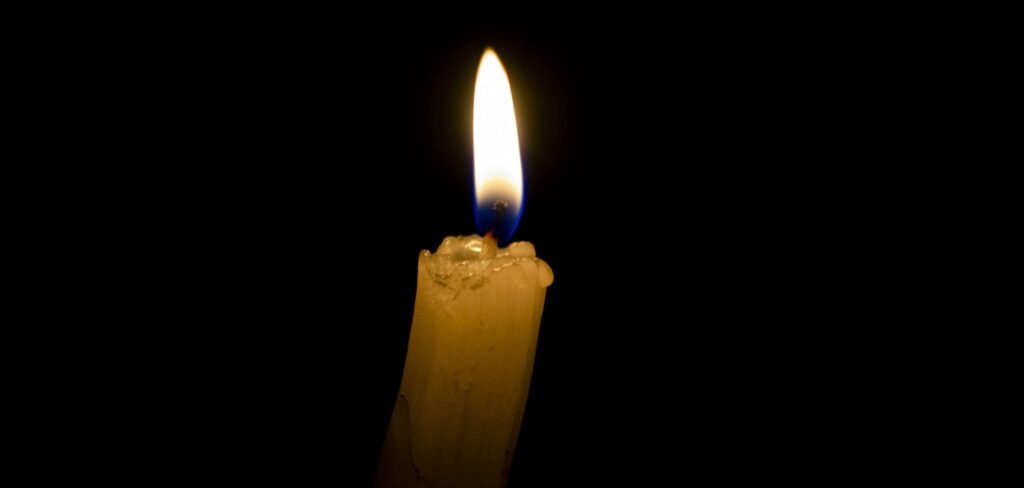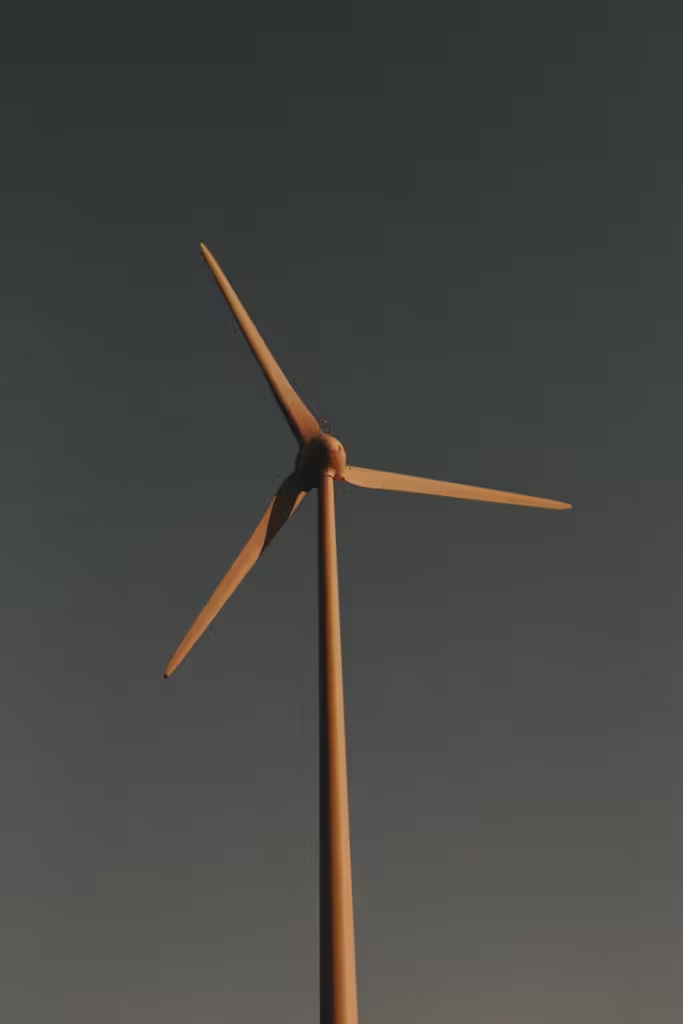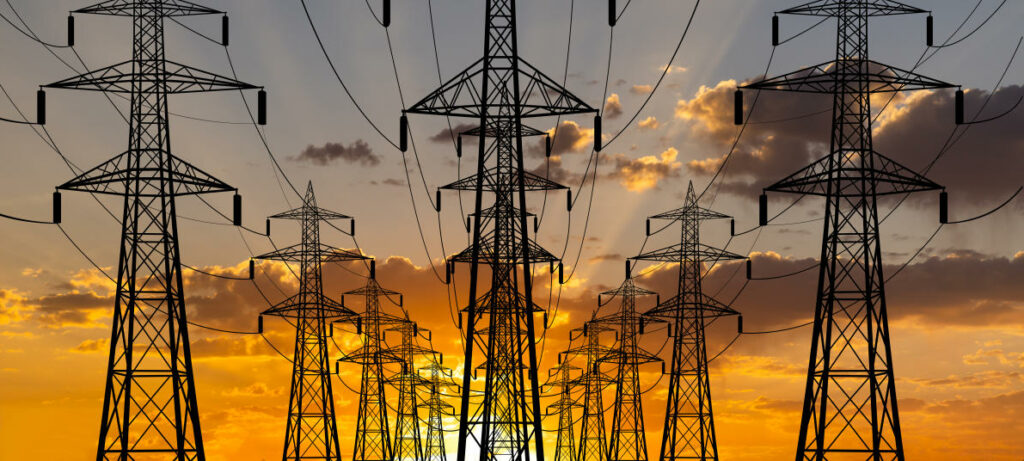Politics is not famous for its fondness for, or proximity to, reality. But the overwhelming political victory of climate change alarmism has brought real policy choices that in turn have real life consequences. For instance a massive UK August blackout that, like those in South Australia, has people uneasy about wind and solar. Mainstream news outlets presented the British blackout as some kind of giant mystery. And the trigger was two major sources going offline simultaneously, one conventional gas plant and one wind farm. But behind the details is the obvious truth that the UK power grid has become increasingly unreliable because of deliberate political rejection of reliable power in favour of the other kind. But real-world events seems to have rekindled interest in the non-carbon energy source that actually does work: modern nuclear reactors that keep the lights on when the sun sets.
Nuclear energy has an evil reputation due in part to nuclear weapons, in part to defects in early reactor design especially in non-democratic countries, and in part to the fact that nuclear waste presents rather concentrated disadvantages. But at least in the view of climate alarmists, the biggest drawback of conventional energy sources is that their waste is not concentrated: it’s carbon “pollution” throughout the atmosphere that can’t be rounded up and disposed of. Which means having nuclear waste in a compact package has significant advantages in corralling and safely disposing of it.
It’s easy to parody nuclear waste, as for instance The Simpsons regularly did. But it’s not as dangerous as the popular imagination or 1950s horror movies like Them would have you believe, and a lot easier to dispose of than anti-nuclear activists would have you believe… especially the ones who rather incongruously are also shrill anti-fossil fuel activists.
Then there’s wind and solar. They too have waste problems a great deal larger than their smiling PR image as “clean” would suggest, from the “rare-earth” elements and others messily mined to create them, to disposal when they’re done, to all the “collateral damage” aka dead bats and birds, to their huge ecosystem “footprint”. But their main drawbacks are that they cost too much and they just don’t work. As the “Stop These Things” blog (whose refreshingly frank slogan is: “We’re not here to debate the wind industry, we’re here to DESTROY IT!”) puts it, some 450 nuclear reactors around the world contribute over 11% of world electricity, with 60 more reactors under construction. As compared to “total global output from wind which, to the nearest decimal point, is zero.” Not good.
It’s also important to grasp here that, as you’d expect, nuclear reactor design has continually improved as technology improves and operators and builders gain experience including from past failures. Among other things they’re getting smaller, which contributes to a resilient grid drawing on many power sources. And of course they’re also getting safer and more efficient.
The same processes should be operating with wind and solar too. But there are inherent limitations in these technologies, including a lack of efficiency that requires enormous facilities and the location of both in increasingly unsuitable places as the windiest and sunniest spots are taken, and some significant safety concerns. And those limitations have real-world consequences. (Including a British Parliamentary committee recently saying people should basically stop owning cars although, one presumes, ministerial limousines would still be allowed; the New York Times by contrast says Americans, who drive a lot more, should just cut back 10%, which is hardly compatible with man-made CO2 being an existential emergency.)



I read just the other day that solar panels are 300 times more toxic than nuclear, per-TWhr of power generated.